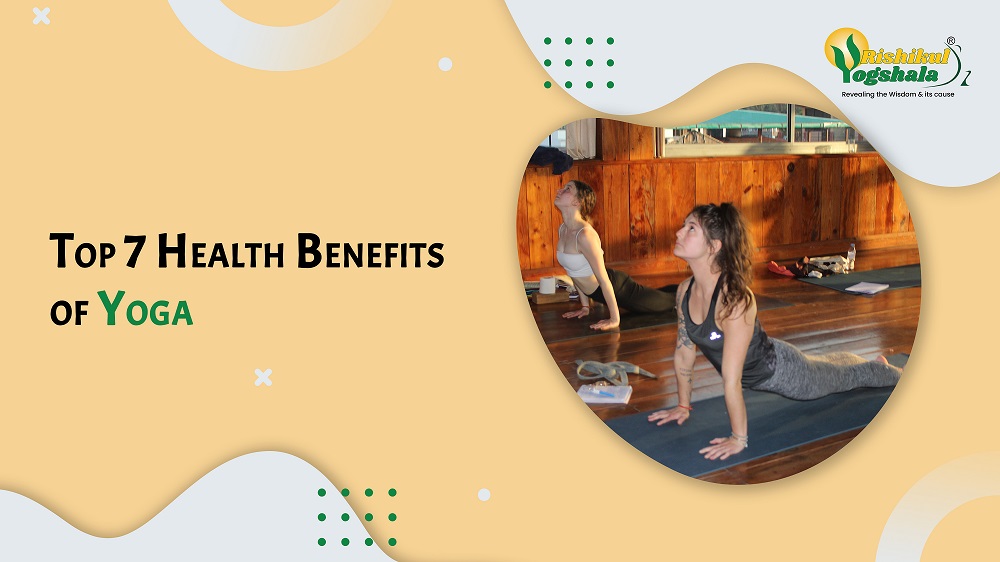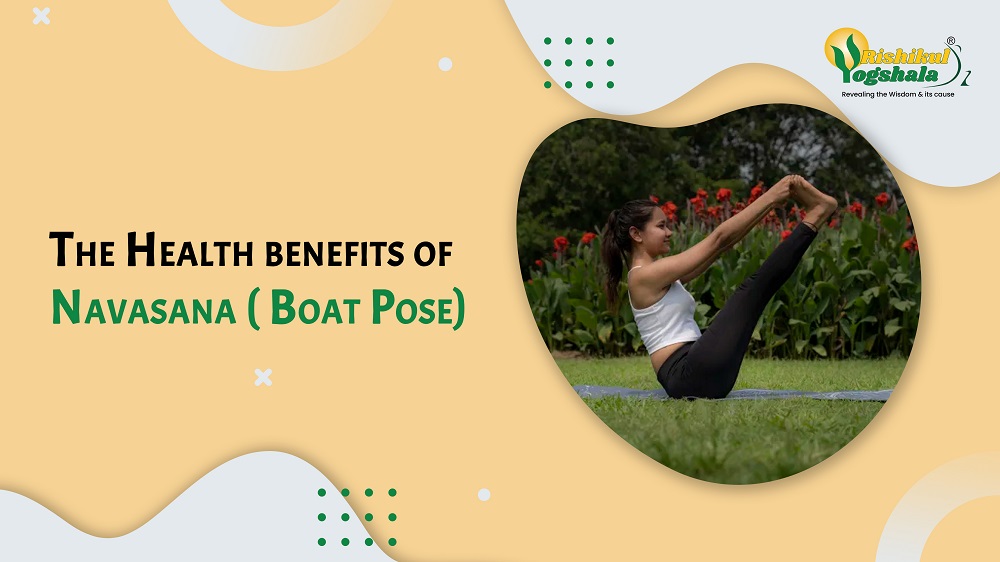The Benefits of Yoga for Physical Fitness
- Blog
- /
- Health Benefits of Yoga
- /
- The Benefits of Yoga...

The Essence of Yoga: Bridging Mind and Body
Benefits of Yoga represents the harmonious connection between the mental and physical aspects of our being. Asanas, the physical postures in yoga, involve controlled breathing and focused effort to achieve beneficial health outcomes through optimal mind-body control.
Every movement in an asana is a response of the body to the mind’s call. It involves engaging in rhythmic breathing and concentrating on specific physical aspects, while being aware of bodily sensations such as blood flow, heartbeat, or any discomfort.

Mind Through Body
The mind is an intangible force, whereas the body is more tangible. Controlling the body is often simpler than harnessing the dynamic mind. The mind is like the wind assisting a kite, while the body is the kite, responding to the pull of the mind’s thread.
Yoga, an ancient practice rooted in natural ecosystems, emulates the animal and plant world through its postures. It serves as a bridge that elevates physical experience to a more profound, surreal state, facilitating self-realization.

Physical Benefits of Yoga Practice
Yoga offers numerous physical benefits of yoga, including:
- Enhancing Spiritual and Mental Well-being: Opens up blocked emotions and feelings.
- Promoting Positive Thinking: Replaces negative thoughts with positive ones.
- Identifying Weak Areas: Detects weak muscles or organs through physical sensations.
- Managing Stress and Anxiety: Reduces stress, anxiety, and depression.
- Optimizing Blood Pressure: Known to improve systolic and diastolic pressures.
- Achieving Samamkaya: Aligns each part of the body without deviation.
- Facilitating Energy Flow: Promotes energy flow through the chakras and regulates body heat.
- Improving Muscle Strength: Addresses issues like arthritis, back pain, joint aches, and more.
- Enhancing Posture: Aligns the spine, preventing posture-related injuries.
- Protecting Joints and Cartilage: Shields joints and bones from wear and tear.
- Supporting Weight Loss: Uses body weight as resistance for muscle strength and weight management.
- Boosting Blood Flow: Increases blood flow and oxygen to cells, aiding in overall health.
- Improving Oxygen Utilization: Enhances oxygen-carrying hemoglobin and red blood cells, reducing risk of heart issues.
- Strengthening Body Defenses: Increases resilience against physical hazards like pollution and stress.
- Enhancing Spine Flexibility: Promotes flexibility and movement in the spine.
- Massaging Internal Organs: Pranayama helps loosen muscles and improves blood circulation.
- Opening New Possibilities: Encourages mental and physical growth through mindfulness and reflection.
Yoga requires guidance from a knowledgeable teacher who understands the profound impacts of this practice on daily and long-term well-being.
Conclusion
Yoga is a transformative practice that integrates the physical and mental aspects of health, offering a wide range of benefits of yoga from improved flexibility and strength to enhanced mental clarity and emotional balance. For those looking to deepen their practice, exploring options such as 200 Hour Yoga Teacher Training In India, 300 Hour Yoga Teacher Training In India, and 500-hour Yoga Teacher Training in India can provide invaluable experiences. Additionally, Ayurveda Retreat In India and Yoga Retreat In India offer opportunities to rejuvenate and deepen your understanding of this ancient practice.
Explore the transformative power of yoga and start on a journey toward holistic well-being.
Om Shanti
Namaste!








